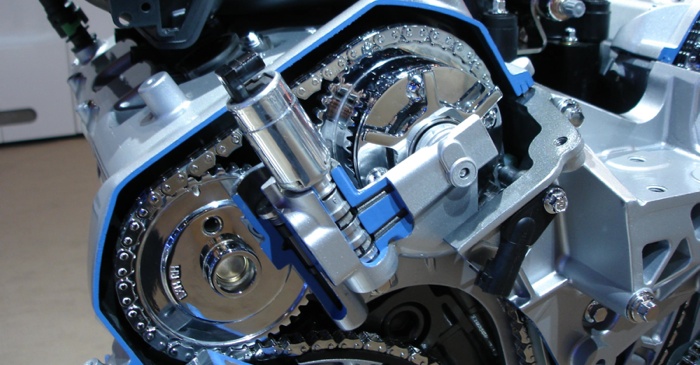Rob Munro joins AERA in Development Role
Rob Munro, owner of Valley Speed Machine Shop in Kamloops, BC, Canada, has joined the Engine Builders Association (AERA) in the position of Membership and Technical Development. According to an association announcement, this new position will help develop and implement programs for new membership, membership retention, PROSIS PRO development and more. Munro has 31 years of

Five Fuel Events That Happen In Common Rail Direct Injection
Common rail injection for mid-size trucks has been around for nearly 15 years. While many owners appreciate the quietness and dependability of their diesel engines, many have no clue as to what changes have taken place to the fuel system in order to not only make their diesel perform, but also be emissions-compliant.
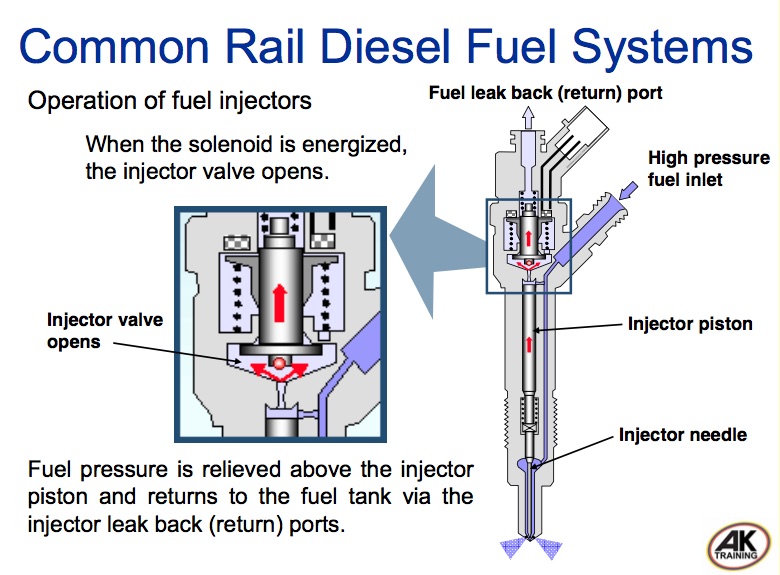
Honda K-Series Engine Bearing Identification, Installation
Honda uses a specific bearing selection process for both rod and main bearings. It includes using a chart along with the identified parts included in the engine being rebuilt. Connecting rod bearing selection uses 4 possible rod journal codes to match with 4 big end bore codes that are color coded based upon size. A
How Oil Change Habits Are Killing Turbos
Turbochargers are used to enhance an engine’s performance and optimize combustion. To achieve good and complete combustion in the engine, a mixture ratio of 2.2 lbs. fuel and approximately 33 lbs. air is necessary (stoichiometric fuel ratio). During turbocharging, the density of the intake air is elevated and the air volume increased. The volumetric efficiency
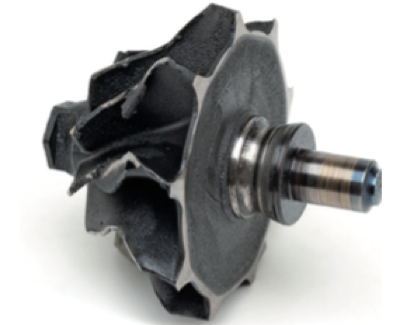
Elgin Pro-Stock Performance Push Rods
Elgin Industries’ new PRO-STOCK one-piece performance push rods feature 0.106-inch-thick walls for dramatically enhanced column strength and increased stiffness. The 21 new parts feature 5/16-inch diameter and range in length from 6.300 to 8.950 inches. The company also offers a full complement of 3/8-inch-diameter one-piece push rods featuring 0.137-inch-thick walls and available in lengths from
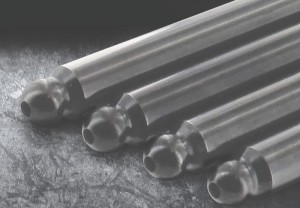
Liners and Sleeves
Sleeves are certainly not new technology and experts say that, for the most part, engine builders and machine shops understand the use and functionality well. But is a liner and a sleeve the same thing? Is a hole just a hole? Publisher/Editor Doug Kaufman takes a deeper dive.
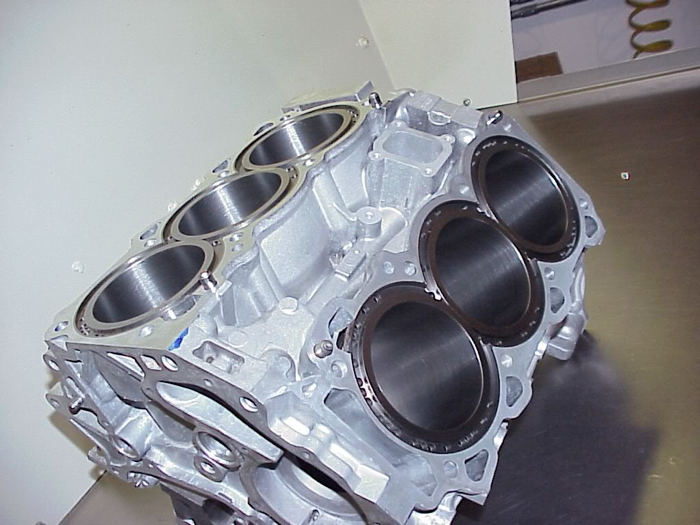
Chevy LS Family of Engines
This new engine family had the same bore spacing as the original small block, but that’s the only thing that stayed the same. The Gen III engine was smaller and lighter, it made more horsepower and torque per cubic inch, created fewer emissions and got better fuel mileage than the Chevy 350 it replaced. It was designed to be built in multiple displacements from day one so it could be used in a wide variety of cars and trucks later on.
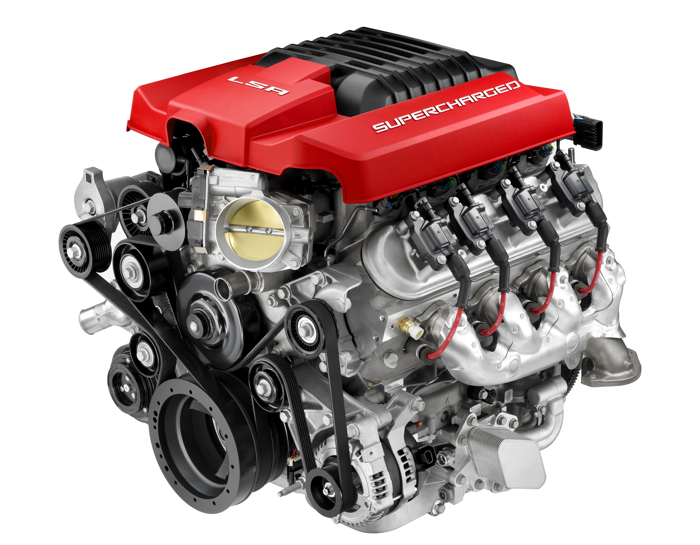
The Complexities of Modern Timing
Let’s face it: timing used to be relatively easy. These days, however, as with most every other engine component, the technology and innovation that leads to more fuel efficiency and performance also means increased complexity with timing components.
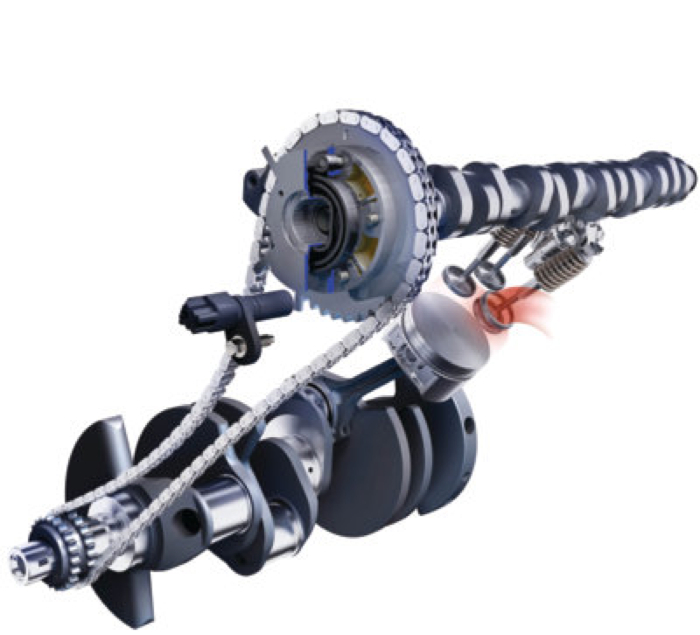
Machine Shop Market Profile
As we move through our 51st year of covering this industry, the staff of Engine Builder recognizes that old adage – the more things change, the more they stay the same. What’s changed about this industry is, well, pretty much everything. What’s stayed the same is the dedication and hardwork of the professionals who keep engines running and customers happy.
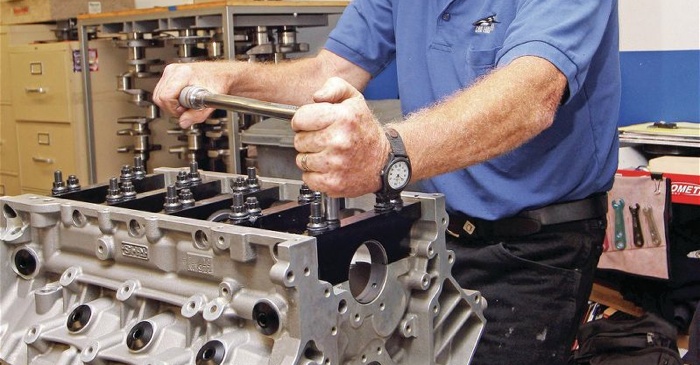
Building Stocks and Sprints
To be successful in the performance market, you need to deliver a product or service that a competitor not only needs, but will help make him a winner. To find that product or service, you need to spend time with them to understand the needs of the racers.
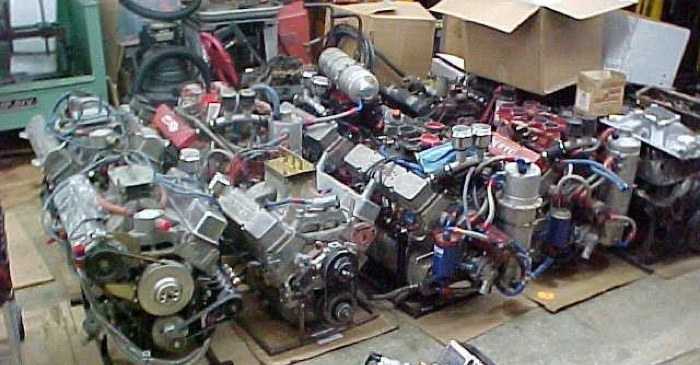
Cleaning Engine Parts
Cleaning is a time consuming, expensive process for most rebuilders. According to Engine Builder’s most recent Machine Shop Market Profile, rebuilders say they spend more than 15 percent of their total production time in cleaning. Safer, less toxic methods continue to gain a foothold in today’s professional shops.
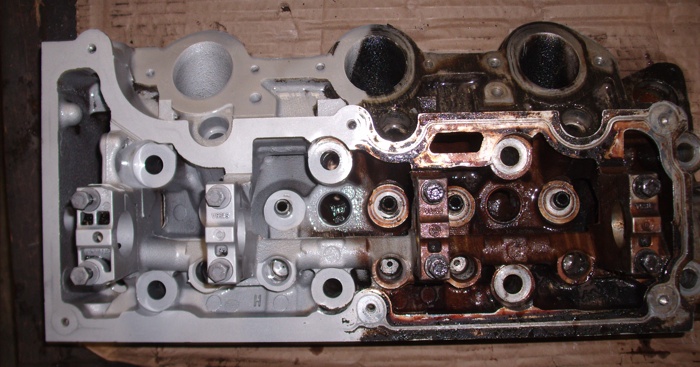
Timing Components
For metal parts to rotate, move, lift, bend, sway and – hopefully – not touch multiple times per second, every minute of every hour the engine is running takes more than just good enough – it takes precision that Swiss railroad conductors would envy. While everything in the engine has to precisely fit and accuracy is key, nowhere is precision more critical than in the timing.
